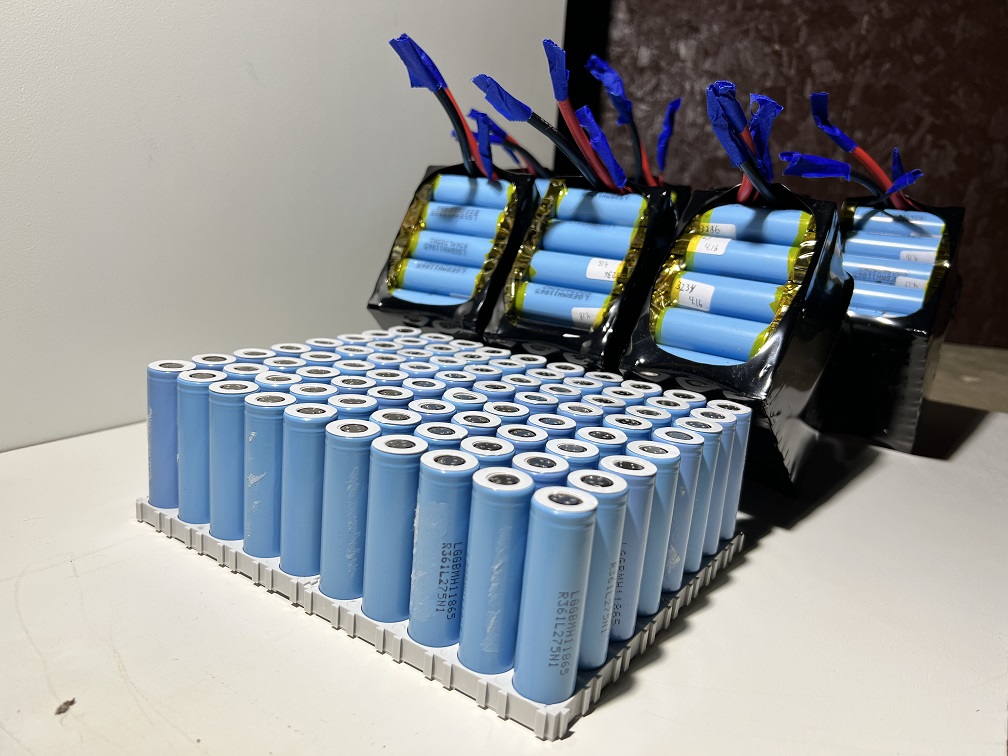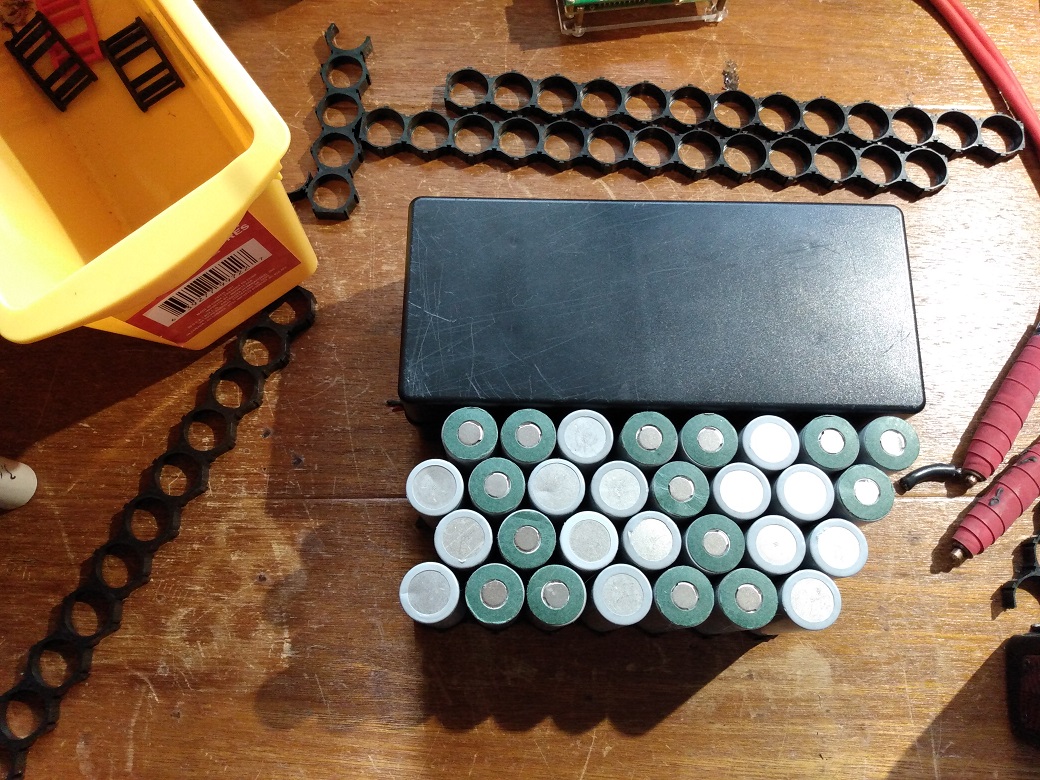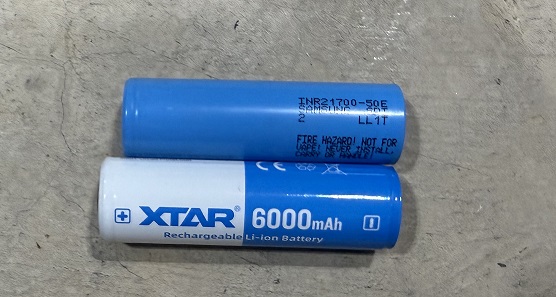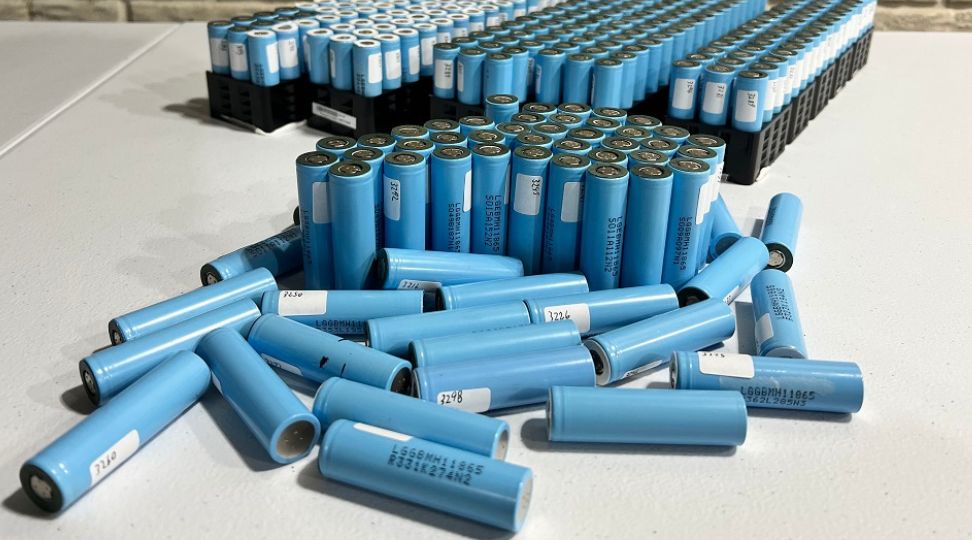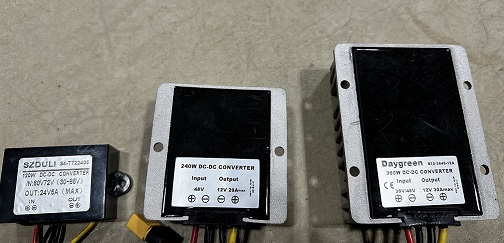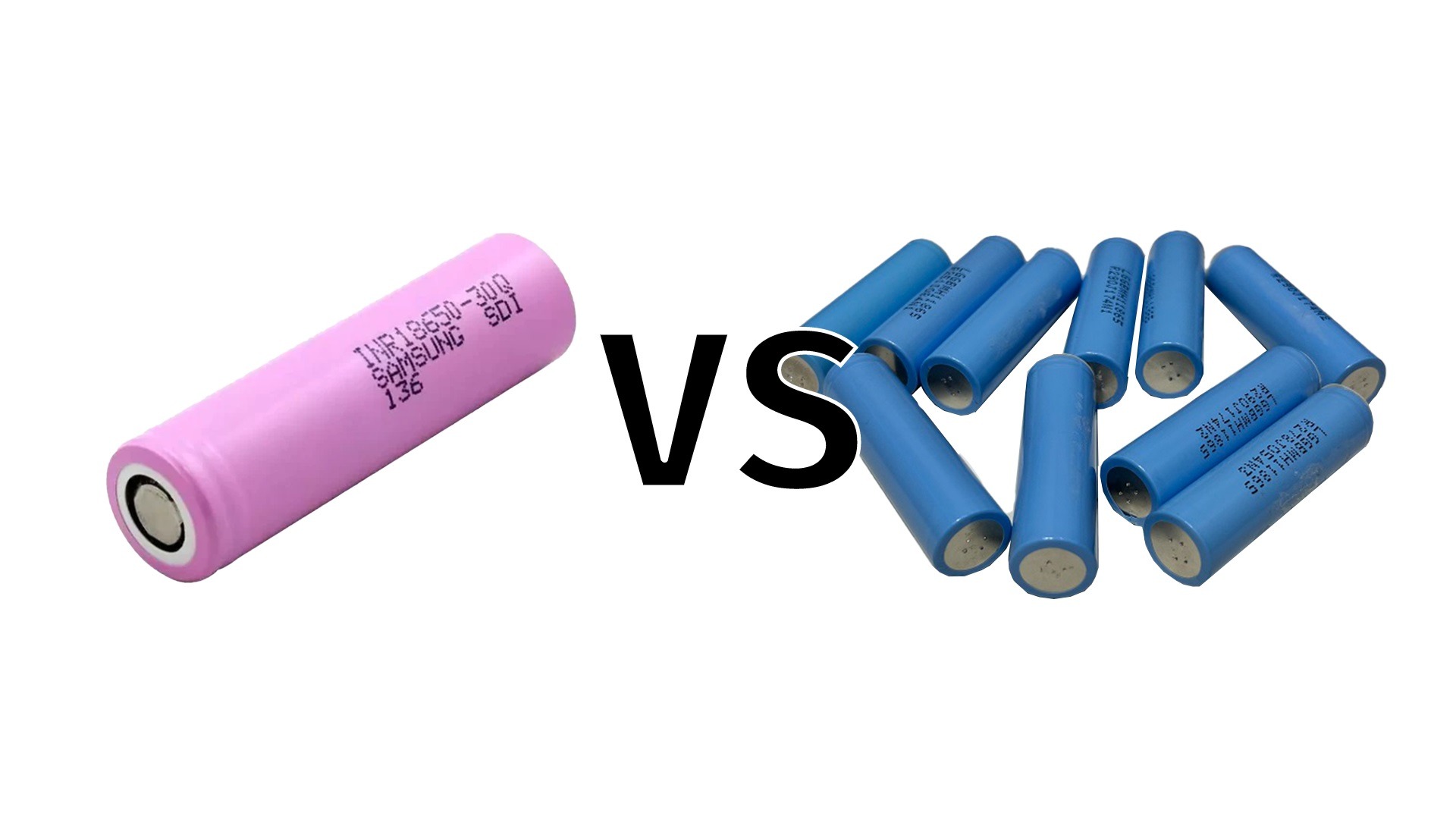
New Vs Used Lithium Ion Batteries and Cells
Table of Contents
- What's Inside A Lithium Battery Pack?
- Is It Dangerous To Use Used Lithium Batteries?
- Pros And Cons Of New Vs Used Lithium Ion Batteries
- Can You Reuse Used Lithium Batteries
- Used Lithium Batteries and Cells
- Where to Buy Used Lithium Batteries
- Where to Buy Used Medical Lithium Batteries
- Where to Buy Used EV Batteries
- Where to Buy Used Ebike And Scooter Batteries
Using new vs used lithium-ion batteries for a particular project can be a challenging choice. Using used lithium-ion batteries helps the environment and can save you a lot of money while using new lithium-ion batteries ensures consistency and good performance.
As long as you either do proper testing or get your used lithium batteries from a company that does, then when it comes to new vs used lithium-ion cells, there is no difference in performance. As long as you know what the cells are capable of and what to expect from them, and the cells are not worn down too much (which can be determined with proper testing), then you won’t have any problems.
Using new cells makes the selection process easier and there is often less work required to get them build-ready. They are more expensive, but you know they will all be at a full state of health and will probably last longer than used lithium batteries that can perform equally well.
In this article, we will talk about the pros and cons of building a 18650 battery pack out of new vs used lithium batteries. We will also go over a few things that used lithium batteries can be used for.
What's Inside A Lithium Battery Pack?
When a battery pack goes bad only a few cells in the pack are actually damaged. Many used lithium cells still have plenty of power left in them. As long as you test the used cells well or buy them from a place that does that testing for you, used lithium-ion cells can be just as good as new cells.
A battery cell contains an anode and cathode separated by non-conductive material called an electrolyte. Over time the materials inside a battery degrade. The degradation usually results from the buildup of material on the electrodes that causes them to start to connect to the other side. This will happen if you over-current the battery or if the battery has been cycled many times.
Is It Dangerous To Use Used Lithium Batteries?
Using used lithium batteries safely requires an understanding of lithium-ion batteries and how they work. It also requires testing and grading of the cells. As long as the cells are properly categorized in terms of what kind of power they can provide, then it's not dangerous to use them. If, however, you use a lithium-ion cell at its rated current levels when it's far beyond the ability to be able to do that due to its health, then it could be dangerous.
A battery that's been used a lot is going to have a far higher internal resistance than a new battery. Buying used lithium batteries means you don’t know how many times a cell has been cycled. You also don’t know how much current that cell was put under. This is why testing and grading are so important. As long as you test cells for voltage and internal resistance, then you can get a good measure of how healthy a cell is. Addiontally testing will allow you to rule out unusable cells for proper recycling.
Pros And Cons Of New Vs Used Lithium Ion Batteries
New Lithium Ion Batteries
Pros
- Easier to shop for
- Consistent supply
- Known characteristics and history
- Usually pre-balanced
Cons
- Expensive
- Places toll on infrastructure during manufacture
Used Lithium Ion Batteries
Pros
- Low Cost
- Lower overall environmental impact due to re-use
- Sometimes free
Cons
- Unknown history (testing required)
- Balance required before build
Can You Reuse Used Lithium Batteries
Absolutely! Reusing used lithium-ion batteries for various projects is a smart, eco-friendly, and budget-friendly choice. Just make sure you understand the capabilities of your used cells so you can determine the best applications for them.
Used cells are typically more affordable than new ones, making them perfect for projects that might be too costly with brand-new cells. However, when repurposing used lithium-ion batteries, it's important to grade and matches them based on their capacity and internal resistance. This ensures that the cells work well together and maintain a balanced and efficient performance.
Used Lithium Batteries and Cells
When looking for the best source of salvaged lithium battery cells, it's essential to consider the various types and their wide range of applications. Each type of cell offers unique advantages, with some being more suitable for certain projects than others.
Medical battery packs are often considered the best source due to their high-performance cells and excellent physical condition. E-bike and scooter batteries come in as a close second, providing a great source of low-priced cells with plenty of life left in them. EV batteries, which are perfect for powerwalls due to their low price per kilowatt-hour and high capacity, follow suit. Lastly, tool packs can be a valuable resource for those seeking used lithium battery cells, although they may have varying degrees of wear and tear.
Where to Buy Used Lithium Batteries
There are so many places out there on the internet to buy used lithium batteries, but few of them are as trustworthy as Battery Hookup. Battery Hookup is a great place to find all kinds of killer deals on batteries.
They have a pretty reliable supply of several different products, but they also have some great deals that come and go in a flash, so it’s good to keep an eye on their page. Whether you need them for a DIY project or to replace old cells, Battery Hookup has you covered with their wide selection of used lithium batteries.
[[ aff type=aff ~ link=https://www.batteryhookup.com/discount/CS5 ~ title=`Battery Hookup` ~ image=https://admin.cellsaviors.com/storage/30q_1024x1024@2x.jpg ~ description=`Battery Hookup offers new and used cells for sale at amazing prices!` ~ height=small ~ buttonText=`5% Off Right Now` ]]
Where to Buy Used Medical Lithium Batteries
Medical batteries are a particularly good source of used lithium cells. This is because the medical industry typically demands the highest-performance cells. Also, medical institutions must abide by stricter battery policies than other organizations. This means that they discard their battery packs far sooner than they really need to, so the cells are basically in a like-new condition.
So, if you're in the market for used medical lithium batteries, you should check out Battery Hookup. They offer batteries that were previously part of various medical equipment, which means they've all been very well-maintained and are generally going to be in excellent physical condition. Battery Hookup has a regular supply of these types of batteries and they can be used for just about any application.
Where to Buy Used EV Batteries
When an EV battery reaches the end of its life, the vehicle will lose a lot of range and have a far lower performance. It’s important to consider, however, that the EV application is an extremely power-dense and high-current application. So, any cell that is a bit too tired to run a car will still have plenty of life left in it for many, many other applications.
Battery Hookup has a wide range of used electric vehicle (EV) batteries in stock and regular passing deals that don’t stick around too long. These batteries were once part of an electric car, but are now freed from that obligation and are ready to power the rest of the world. Used EV batteries are perfect for powerwalls, as they have a low price per kilowatt hour and an extremely high capacity.
Where to Buy Used Ebike And Scooter Batteries
If you don’t mind getting your hands dirty and you are looking for the best deal possible on used battery cells, then you should consider breaking down a scooter pack. Scooter or e-bike battery packs are high-S batteries. What that means is they have many (10 or more) cell groups in series. This means that when one cell goes bad, it will take down the group that it is in and most of the time, the rest of the cells will be fine. The BMS shuts off the battery, and the good cells are simply waiting to be salvaged and repurposed.
Battery Hookup offers a variety of old scooter and e-bike batteries that you can disassemble to salvage the lithium cells inside. This is an excellent option for those who want to save money. With Battery Hookup's selection of used scooter and e-bike batteries, you can find a great source of low-priced cells that still have plenty of life left in them.
Conclusion
If you are new to building batteries, used lithium-ion battery cells can seem questionable or even dangerous. If you know what to look for and know how to test them, however, then you can ensure that you are operating the cells within their limits.
Used lithium-ion battery cells can be used for anything that new lithium-ion cells are used for. Correctly building and safely using batteries made from used lithium-ion cells is possible if you properly test and grade the cells you plan on using.
As long as you don't overstress any particular cell, and the cells you are using are closer to the beginning of their lifespan, then you won’t notice any difference between the two.
For those interested in maximizing the lifespan of lithium-ion cells, we have an article on how to get more cycles out of them that you can read.
We hope this article helped you learn more about new vs used lithium-ion batteries and cells, thanks for reading!
